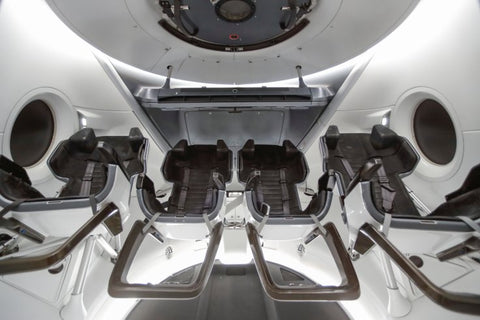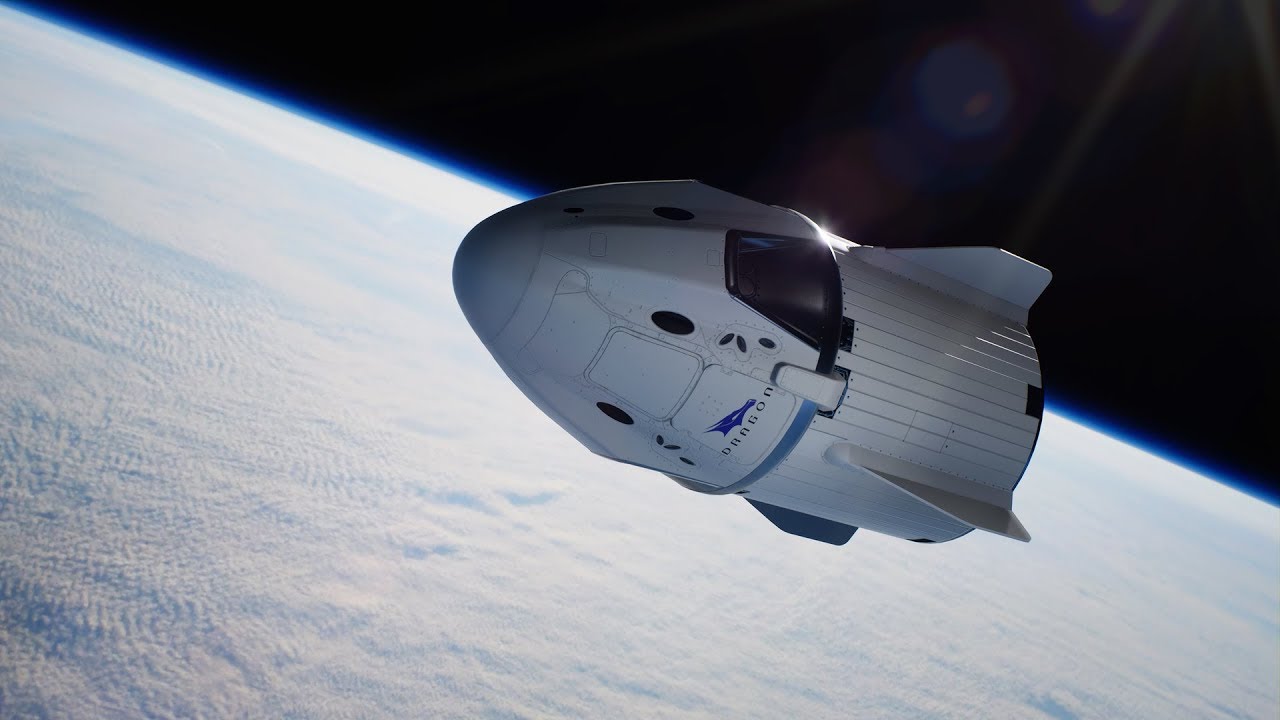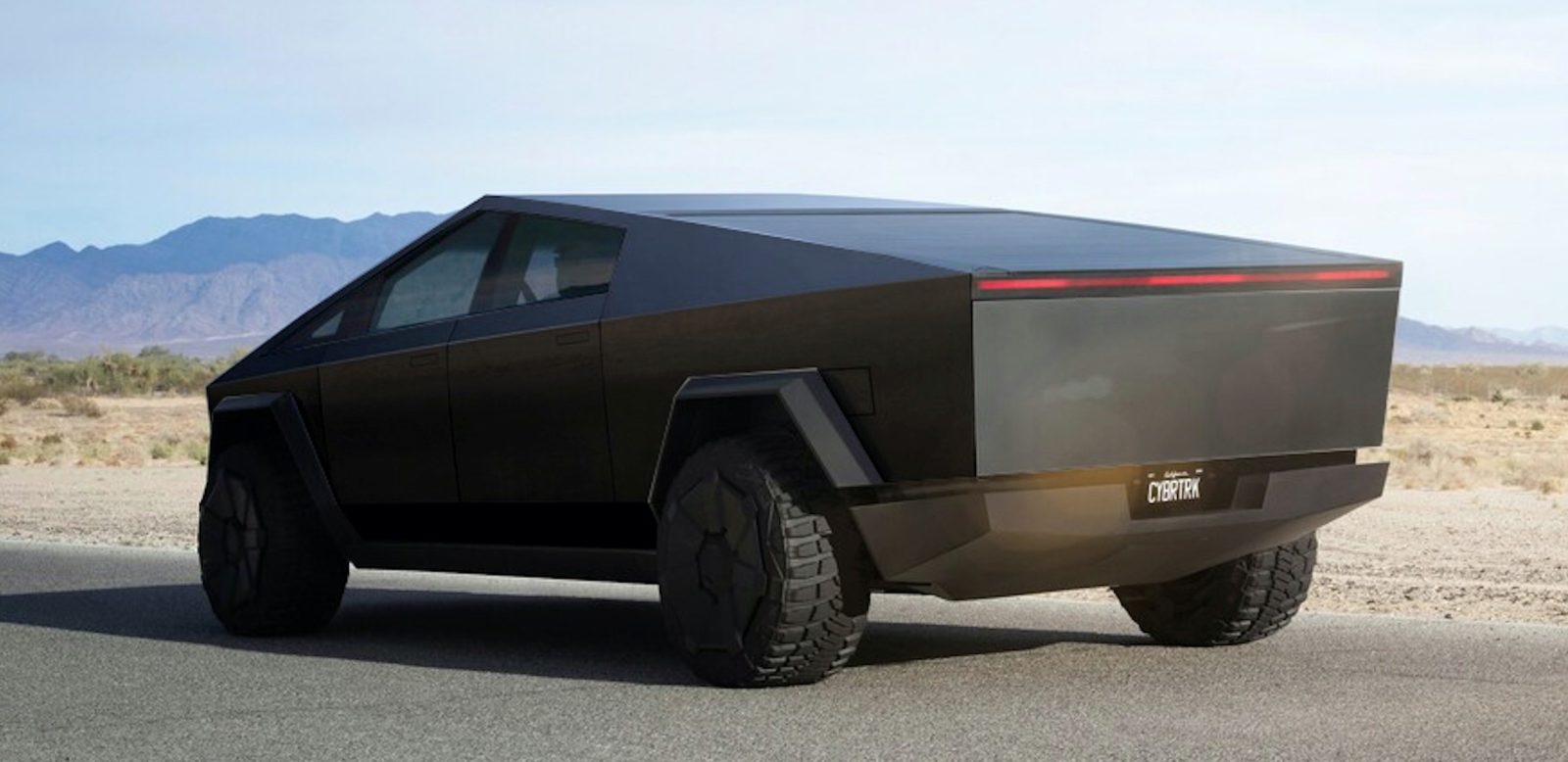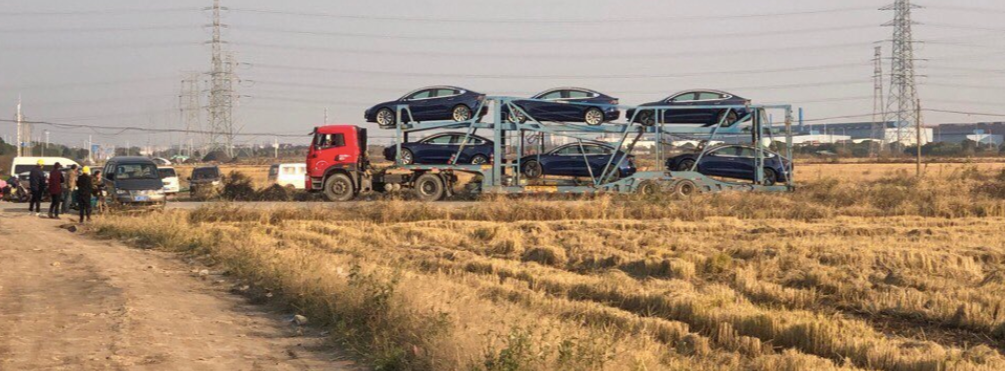SpaceX Crew Dragon: Tech and Design Features
December 7, 2019 • Evelyn J. Arevalo
SpaceX's Crew Dragon spacecraft is under development under a $2.6 billion contract with NASA's Commercial Crew Program, to safely carry astronauts to the International Space Station (ISS). The spacecraft attaches above a Falcon 9 rocket to launch astronauts and cargo into orbit. It is reusable, which is beneficial because it reduces the cost of development and operation. During the first flight of each Dragon craft they plan to fly crewed missions, then reutilize it for cargo on the rest of the craft's reflights.
Dragon docked with the International Space Station (ISS) successfully on March 2, 2019, it became the first American spacecraft in history to autonomously dock with the ISS on Demo-1, it's first demonstration flight. This was a huge accomplishment for SpaceX because it demonstrated it could successfully transport astronauts to the space station one day.
SpaceX engineers have been conducting a series of tests to ensure that Crew Dragon is safe before launching any humans on board.
These tests include: Engine tests, pad abort and hover tests, parachute testing, Demo-1 uncrewed flight to the space station, and the upcoming test will be an In-Flight Abort (IFA) test, before flying the Demo-2 crewed mission to the ISS. NASA and SpaceX aim to launch the first crewed mission next year, in 2020.
Tech and Design Features

All Image Sources: SpaceX
Crew Dragon's interior seems spacious featuring white and black color schemes, it is capable of carrying 7 astronauts. Above the seats, there is a control panel consisting of 3 screens with touch screen display. The craft also has a restroom toilet section with a privacy curtain. It has a cargo area that can carry up to 7,291 lb of payload to the International Space Station.


Ahead of our in-flight abort test for @Commercial_Crew—which will demonstrate Crew Dragon's ability to safely carry astronauts away from the rocket in the unlikely event of an emergency—our team has completed over 700 tests of the spacecraft's SuperDraco engines pic.twitter.com/nswMPCK3F9
— SpaceX (@SpaceX) September 12, 2019
On the outside Dragon has four side mounted pods, inside each there is 1 Draco thruster that can be used to control orientation and do orbital maneuvers in space. There is a total of 4 thrusters. Inside each pod there are also pairs of SuperDraco engines. These 8 SuperDraco engines can be used to land the craft upon returning to Earth or during an abort emergency situation to escape danger. Dragon is designed to use it's 8 engines to escape by aborting the craft and hover away from a Falcon 9 rocket while flying. Each engine is capable of producing 71 kilonewtons of thrust.
Once in orbit, Crew Dragon has demonstrated that is able to autonomously dock to the ISS. Crafts in use today use space station's Canadarm2 robotic arm, which is a non-autonomous mean to attach spacecraft to the ISS. SpaceX's autonomous feature can enable docking to be much more precise. Though, there is a feature that enables astronaut pilots to still retain the ability to dock Dragon using manual controls on their computers inside the craft's control panel station.
Upon re-entry from space, the capsule has 4 parachutes that can be deployed under emergency situations to safely land. The craft was designed to land vertically, hoovering down with it's own engines. Though, it seems SpaceX aims to do traditional ocean landings with the craft's integrated parachutes upon space re-entry. Because landing a Dragon craft into the ocean with parachutes is currently the most reliable way to safely return the craft to Earth from space.

Source: SpaceX
For NASA, funding SpaceX's development of the Crew Dragon spacecraft is very important because they have been highly dependent on Russian Soyuz spacecraft to get their astronauts to the International Space Station, ever since the space shuttle fleet was grounded in 2011. Soon, we will see SpaceX and NASA launching astronauts aboard rockets from United States again!








